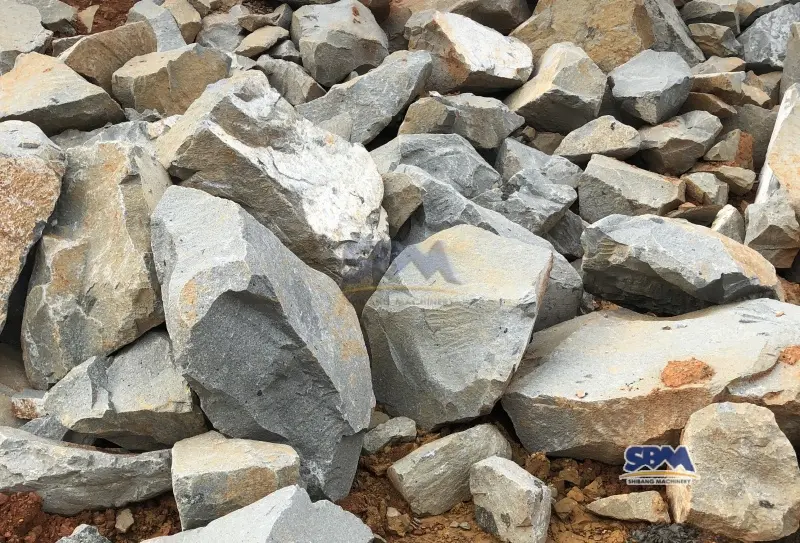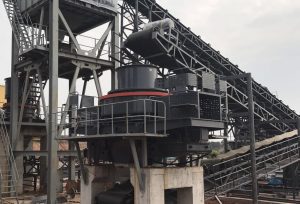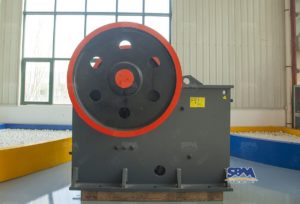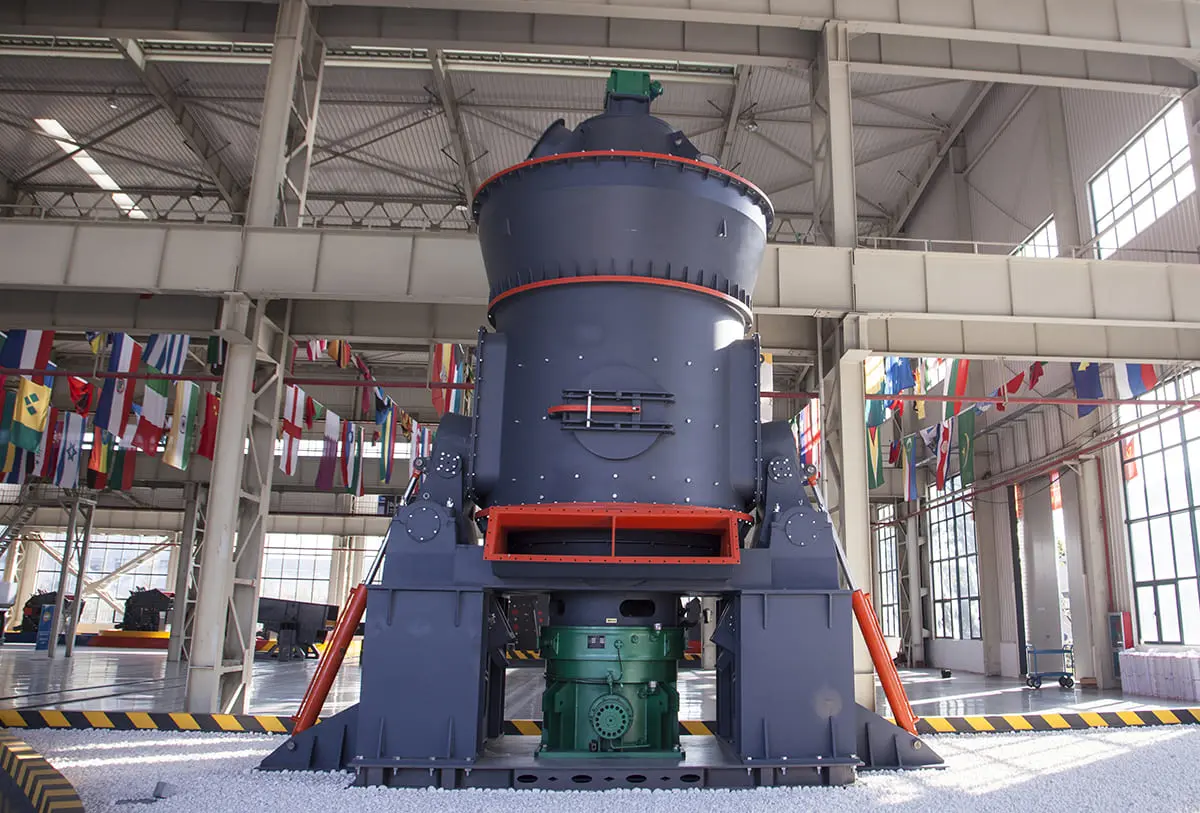Correo electrónico: [email protected]
Andesita
Contenido principal
That first moment your boot meets old andesite cobblestones – cool, duro, feeling like centuries under your feet – tells you everything. This isn’t just rock; it’s toughness formed deep in Earth’s hot core. Named for South America’s Andes Mountains, where its blue-grey stone covers cliffs and riverbanks, andesite (o andesita, as my friends further south say) has been humanity’s quiet helper since we first built with stone. Forget textbook terms; this is about knowing a material that lasts. I’ve climbed its rough surfaces from Ecuador to Indonesia, felt its grain under my fingers, watched crushers chew through car-sized boulders. Let’s skip the boring facts and talk straight about why this volcano-born rock earns our respect.

More Than Just Grey Rock: What Makes Andesite Tick
Calling andesite just another volcano rock is like calling a racecar “a vehicle.” True? Sí, it’s extrusive – meaning it shot out melted from a volcano and hardened fast above ground. In what it’s made of, it sits right between flowing, iron-heavy basalt and thick, silica-filled rhyolite. But the wonder’s in the small things. Hold a piece. See those bigger crystals – maybe white plagioclase feldspar, maybe dark hornblende – sitting like islands in that fine, slightly rough base rock? That’s porphyritic texture, a sign telling its tale: slow crystal growth deep underground, then a rough ride up and quick cooling at the surface. Its color? Never just grey. It’s the steel-grey of storm clouds, the blue-grey of deep sea, sometimes touched with browns or unexpected greens. It feels solid, weighty, yet somehow not as crushing-heavy as its relative basalt. That’s its useful beauty.
Why Builders & Engineers Sleep Better With Andesite:
- Tough as Nails: I’ve seen andesita streets centuries old, still handling daily beatings. Its crushing strength is famous, and it wears down slowly. Trucks, pies, weather – it doesn’t care.
- Weather Warrior: Freeze-thaw cycles that shatter lesser stone? Chemical attacks? Decades of rain, wind, and sun? Andesite weathers it all with stoic indifference. It’s built for the long haul.
- The Practical Weight: Dense enough for serious strength, yet often lighter than basalt. That translates to easier handling, lower transport costs per usable ton. A subtle but crucial win on big jobs.
- Looks with Grit: Polished, it can gleam like a stormy sky. Rough-sawn, it has a rugged, honest character. Cobblestones? They gain a beautiful patina, never looking sterile.
- Grip Where It Counts: That natural roughness isn’t bad; it’s safe. On streets, caminos, stairs – it gives sure footing when things get wet or slippery. Important stuff.
Born of Fire and Collision: Where The Rock Truly Comes From
Forget calm beginnings. Andesite rock forms in mayhem, along the clashing, breaking edges of continents. Picture an ocean plate – heavy, old – pushing constantly under a land plate. Imagine huge pressures, unbelievable heat miles underground. Rock melts. But here’s the key: that melted basalt from the ocean bottom changes. As it rises, it tears into and mixes with the silica-rich land crust above it. It’s a geological mixer. That blending is vital – it’s what changes possible basalt into andesita, adding more silica and alumina. This super-hot, mixed magma doesn’t flow gently; it often blasts violently from classic cone-shaped volcanoes (think Mt. Fuji, Mt. St. Helens, Cotopaxi). That explosive arrival and quick cooling? That’s what locks in the fine base and saves those pretty, larger crystals. It’s truly fire turned to stone.
Andesita’s Global Reach: Finding This Workhorse Rock
Sure, elAndes Mountains are its namesake and a colossal source. But don’t think it’s exclusive. This rock is a global citizen, found wherever tectonic plates have clashed violently:
- The Pacific Ring of Fire: This horseshoe of fire encircling the Pacific is andesite central. Japan’s iconic peaks? Andesita. Indonesia’s volcanic spine? Loaded with it. The Cascades in the US Northwest (think Rainier, Hood)? Prime andesite territory. Mexico, the Philippines, New Zealand – all significant sources.
- European Strongholds: Explore the Carpathians, parts of Italy (especially around ancient volcanoes), Greece, and Germany – you’ll find solid andesite deposits.
- Beyond the Obvious: Significant deposits exist in Turkey, Iran, the Caucasus Mountains, and parts of North Africa. It’s far more widespread than many realize.
From Temples to Tarmac: How The Stone Shapes Our World
This isn’t just book learning; it’s about what this rock does. Its toughness and many uses make it a key player:
- The Backbone of Infrastructure: Agregados. Pulverized andesite is the quiet champion. Mixed into concrete, it gives tall buildings their backbone. In asphalt, it creates the hard-wearing surface of endless roads. As foundation material, it gives a firm, water-passing base. Its pointy shape when crushed makes pieces lock together tightly. Without good andesita aggregates, modern building stops dead.
- Facing the World: Piedra dimensión. Sawed, dividir, polished. Andesita becomes building fronts that age well, classy floor tiles that last forever, old-time cobbles for historic plazas, strong curbs, and eye-catching garden pieces. Its mix of greys and blues gives a refined, natural look.
- Keeping the Trains Running: Lastre de ferrocarril. Those rocks under railway lines? Crushed andesite is a top pick. Its strength handles huge weights, its jagged shape stops movement, and it drains rainwater perfectly. Safe, long-lasting tracks need it.
- Holding Back the Tide: Desgarrador & Armor. Where water eats land – coastlines, river edges, dam walls – giant, rough-cut blocks of andesite become nature’s shield. Its fight against wearing away is unbeatable for this tough job.
- Industrial Muscle: Though less usual, andesite works as a helper in steel-making or gives certain minerals. Its toughness works even in fiery places.
Taming the Beast: Why Crushing Andesite is an Art & Science
Raw andesite straight from the quarry? It’s dramatic but nearly useless today. You need exact sizes, exact shapes. That’s where the andesite crusher becomes vital. This isn’t just breaking rock; it’s a carefully planned step-by-step breakdown. Here’s how a typical system I’ve seen works well:
1. Trituración Primaria – The First Bite
Imagine dump trucks tipping boulders as big as sheds. This is where the heavy gear lives – the first crusher. Almost always a giant rompe mandíbulas. Picture mighty jaws pressing with unbelievable force, cracking those monsters down to handier pieces, about 6 a 10 inches wide. This step needs raw power and total dependability. Breakdowns here stop the whole show.
2. Trituración Secundaria – Shaping the Future
The first output is still oversized. Enter the second crusher. A menudo trituradoras de cono o trituradoras de impacto handle this. Cone crushers work like precise machines, squashing rock between moving parts to break it and shape it well – key for top-quality stone bits. Impact crushers slam rock against hard plates at top speed – great for fast size-cutting, sometimes making a different shape. The pick depends on what final product you want and the rock’s details.
3. Triturador terciario/cuaternario – Dimensionamiento de precisión
Need super-exact small bits? Or perfect “piezas de forma cuadrada” for high-grade concrete? You might add third or even fourth crushing rounds. Cone crushers are common here too, or special Impactores de eje vertical (VSIS) that smash rock pieces together inside a fast-spinning wheel, making excellent shapes and sand.
4. Poner en pantalla – Sorting the Symphony
Crushing means nothing without sorting. Shaking screens are the unseen stars, constantly vibrating and dividing the crushed stuff into exact size groups. One pile might be perfect 1.5-inch road base, another 3/4-inch concrete stone, another small chips for asphalt, another sand. Exact sifting is crucial for product quality and worth.
5. Conveying – The Circulatory System
None of this runs without tough belt movers, constantly carrying material from crusher to screen, screen to stockpile, stockpile to loader. Smooth moving here cuts delays.
Choosing Your Weapons: Crusher Tech Matters Hugely for The Rock
Andesite rock doesn’t play nice. Es difícil. It’s abrasive. It eats cheap machinery for breakfast. Selecting the right andesite crusher technology isn’t an option; it’s an existential decision for a quarry operation. Hazlo mal, and you bleed money through:
- Crippling Downtime: Cheap or ill-suited crushers break. A menudo. Repairing them stops the whole line. Lost hours = lost revenue.
- Sky-High Wear Costs: Abrasive andesite chews through crusher liners (mantos, cóncavo, placas de mandíbula), barras de golpe (in impact crushers), and anvils. De primera calidad, abrasion-resistant materials and smart chamber designs are non-negotiable. The difference in liner life between a good and bad crusher can be meses of operation.
- Poor Product Shape: A crusher producing flaky or elongated particles makes inferior concrete or asphalt. You might get size, but not the quality the market demands. Cone crushers generally excel here.
- Energy Gluttony: Inefficient crushing wastes massive amounts of power. Moderno, well-designed crushers do more with less kilowatts.
I’ve visited quarries running obsolete gear; the maintenance crews look permanently exhausted, the production manager stressed. Contrast that with sites using robust, modern crushing plants designed for abrasives – like those from SBM China. The difference is stark: smoother operation, predictable maintenance intervals, higher-quality aggregates, y finalmente, better profitability. It’s not about brand loyalty; it’s about recognizing that crushing hard volcanic rock demands serious engineering. Investing in the right andesite processing solution pays back tenfold. Don’t just take my word for it; talk to operators who run the gear daily.
Andesita vs. The Competition: A Practical Builder’s Comparison
Let’s cut through the geology jargon. What does this mean on the ground for someone choosing stone? Aquí está la verdad del mundo real:
| Característica | Andesita | Granito | Basalto | Caliza | Sandstone |
|---|---|---|---|---|---|
| Rock Origin | Volcanic (Surface Cooled) | Plutonic (Deep Cooled) | Volcanic (Surface Cooled) | Sedimentary (Sea Bed) | Sedimentary (Sand Cemented) |
| Feel Underfoot | Sólido, Arenoso, Secure | Very Hard, Can be Slick Polished | Extremely Hard, Denso | Más suave, Can Weather Smooth | Variable – Often Gritty |
| Weather Fight | Champion – Ignores Frost, Rain, Sun | Excelente – Very Durable | Excelente – Very Durable | Bien, BUT Acid Rain Eats It | Fair – Can Flake or Crumble |
| Weight Burden | Pesado, But Less Than Basalt | Very Heavy | Extremely Heavy | Moderado | Moderado |
| Mejor adecuado para | High-Traffic Pavements, Robust Facades, Critical Aggregates, Armor Stone | Monumentos, Encimeras, Premium Facades, Decorative Agg | Heavy-Duty Pavements, Aggregates Where Weight OK, Armor Stone | Building Blocks, Carving, Cement, Some Paving | Historic Buildings, Decorative Walls, Some Paving |
| Traction (Húmedo) | Excelente – Naturally Rough | Bien (Rough Finish), Pobre (Polished) | Bien – Naturally Rough | Moderado – Can Polish Smooth | Moderado – Depends on Cement |
| Cost Consideration | Often Cost-Effective for Toughness | Generally Premium Price | Can be Costly Due to Weight/Processing | Widely Available, Variable Cost | Variable, Often Moderate |
Building Responsibly: The Future of Andesita
Seamos honestos: digging up any stone changes the land. Doing andesite mining responsibly isn’t a choice now; it’s essential for lasting work and community trust. The best quarry teams I know work hard on these priorities:
- Environmental Stewardship: This starts with careful site planning antes any blasting. It means strong dust control (water cannons, covered belts, sprays), strict noise limits (sound walls, quieter machines), smart water use and cleaning, and crucially – fixing the land gradually. Restoring areas as mining finishes, not waiting years.
- Waste Not: Modern crushing gear is a green tool. It turns lower-quality rock, once thrown away, into useful gravel. Tuning the process cuts waste dust and boosts good material. Every ton used well saves a ton from waste piles.
- Community Connection: Quarries don’t operate alone. Working openly and helpfully with nearby towns is key. Listening to worries, supporting local needs, giving fair jobs – this builds trust needed for permits.
- The Recycle Loop: The greenest gravel is often recycled gravel. Crushing old concrete and roads containing andesite closes the loop, cutting demand for new digging. This growing market matters.
Looking forward, studies focus on improving andesite concrete – adjusting recipes for better strength, smaller carbon footprint, or special traits like extreme saltwater resistance. Its natural long life is its best green feature – buildings made with andesite last ages, avoiding constant rebuilds. And ongoing improvements in crushing tech – doing more with less power, making less waste, having parts last longer – pushed by engineers at forward-thinking companies, is key to a cleaner future. It’s about building wiser with Earth’s tough gifts.
El resultado final: Why Andesite Endures
Standing on raw andesite, feeling its ancient strength, the link feels deep. Este andesita isn’t just science; it’s our base. Truly. From pre-Incan crafters carving temples to today’s crushers feeding huge projects, its tale is ours. It gives a rare mix: the raw strength born from volcanoes, balanced by smart weight and workability, finished with looks ranging from tough and useful to unexpectedly fine.
Whether you’re an architect sketching a facade that needs to weather a century, a civil engineer demanding unshakeable road base, a landscaper seeking timeless pavers, or a quarry manager sweating over crusher optimization for that next big andesita contract, respect the material. Understand its fiery birth, its inherent strengths, and the processing needed to unlock its potential. Elegir lo correcto andesite crusher isn’t just an equipment decision; it’s a commitment to quality and efficiency. Partnering with technology providers who understand abrasives (like exploring options from SBM China) is often a smart move.
In a world obsessed with the new and disposable, andesite stands as a testament to endurance. It’s a reminder that the best foundations are built on unshakeable ground. Seeing it used well, processed efficiently, and sourced responsibly? That’s not just construction; that’s building a legacy with stone forged in the Earth’s furnace. And that, honestamente, never gets old.



